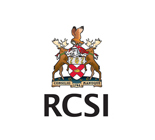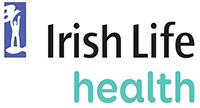Septoplasty Overview
Symptoms of deviated septum:
- Difficulty breathing
- Facial pain
- Nose bleeds
If you are experiencing any of these symptoms, you may need to consider having surgery to correct your septum. Septoplasty will simply straighten the nasal septum by trimming, repositioning, and replacing bone or cartilage. With any type of surgical procedure, there are risks involved, your surgeon will discuss all the benefits and the risks with you in your consultation appointment prior to your surgery date.
After the Septoplasty Procedure
Once the anesthetic has worn off, to help reduce the bleeding and swelling, you will be asked to follow certain precautions for weeks after the surgery. Depending on the extent of your surgery, you may not need to follow all of these precautions. Your nose may be swollen, painful, and packed with cotton to help control the bleeding. Your doctor may also prescribe you pain medication. It is also important to limit your physical activity for weeks after your surgery to promote healing and minimise swelling. These include lifting weights, running, and contact sports. These activities can lead to heavy bleeding and can increase your blood pressure. Tips for quicker recovery include:
- Not blowing your nose for at least 3 days post-surgery
- Wear clothes that have buttons down the front so you won't have to pull any clothing over your head
- Elevate your head while sleeping to keep the swelling down
Septoplasty generally requires a local or general anesthetic, depending on the person, the surgeon's preference and also how complex the surgery may be. The procedure is generally performed on an outpatient basis, so you should be able to go home on the same day. Expect improvement and not perfection.













